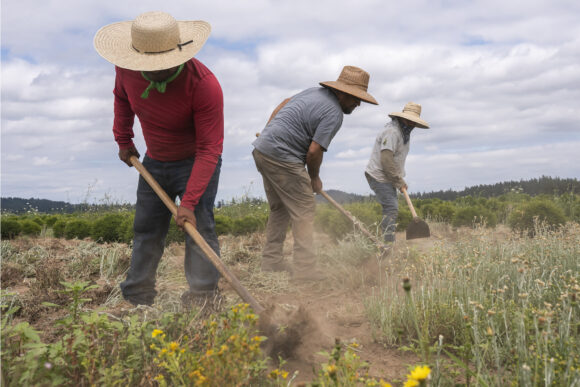The Oregon Occupational Safety and Health Division acted within its legal authority when adopting enhanced safety and health regulations for agricultural labor housing, the Oregon Department of Justice confirmed.
The clarification for OSHA dispels doubts regarding the division’s capacity to enforce amended agricultural labor housing rules, with certain provisions set to take effect on March 31.
The DOJ’s written advice reaffirms Oregon OSHA’s extensive authority under the Oregon Safe Employment Act (OSEA) to regulate entities providing living quarters or shelter for employees, including those providing living quarters or shelter for employees, such as farmers and farm labor contractors. The perspective counters the Office of the Legislative Counsels’ opinion, which suggested that Oregon OSHA had overstepped its authority in amending the rules. The Legislative Counsels’ view was narrowly focused on statues concerning registration and did not fully consider Oregon OSHA’s broader regulatory powers under the OSEA.
The DOJ clarified that the farmworker camp registration statues do not limit the director’s authority to regulate agricultural labor housing under the OSEA. The DOJ’s advice concluded that Oregon OSHA possesses broad authority to adopt rules related to agricultural labor housing, including for single, isolated dwellings occupied solely by members of the same family or by five or fewer unrelated individuals.
The issue of agricultural labor housing safety extends beyond Oregon. In New York, legislation has been proposed to incentivize improvements in farmworker housing conditions, which include working to amend tax laws to include investment tax credits for constructing and renovating farmworker housing to encourage farmers to provide safer and more habitable living conditions for their workers.
Additionally, the U.S. Environmental Protection Agency’s Agricultural Worker Protection Standard (WPS) seeks to reduce pesticide-related illnesses among agricultural workers and handlers. The WPS offers occupational protections to more than 2 million agricultural workers and pesticide handlers who work at over 600,000 agricultural establishments pesticide handlers who work at over 600,000 agricultural establishments. In 2015, the EPA revised the WPS to decrease pesticide exposure incidents among farmworkers and their family members.
Topics Agribusiness Oregon
Was this article valuable?
Here are more articles you may enjoy.



 Insurance IPOs Hit 20-Year High on Wall Street
Insurance IPOs Hit 20-Year High on Wall Street  Homesellers Pull Listings Off Market as Interest Fades
Homesellers Pull Listings Off Market as Interest Fades  More Federal Legislation Introduced to Tackle Third-Party Lit Funding
More Federal Legislation Introduced to Tackle Third-Party Lit Funding  AIG to Pay Neal $2.7 Million to Cover Previous Firm’s Bonus
AIG to Pay Neal $2.7 Million to Cover Previous Firm’s Bonus 

